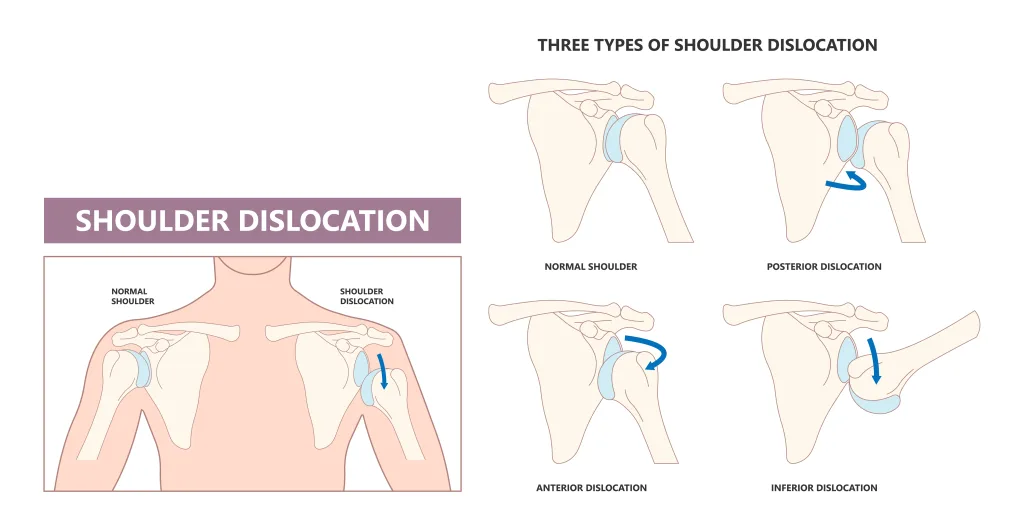Subtotal $0.00
Dr. Abhinav Singhal is a highly skilled Orthopedic Surgeon in Ghaziabad with over 10 years of experience, specializing in joint arthroscopy, joint replacement, and complex trauma care.
IIIRD/F-11, Rakesh Marg, opposite sai eye care, Nehru Nagar, Ghaziabad, Uttar Pradesh 201001
Shopping cart
- Phone:+91 97282 07182
- Email:drabhinavsinghalorthopedic@gmail.com
- IIIRD/F-11, Rakesh Marg, opposite sai eye care, Nehru Nagar, Ghaziabad, Uttar Pradesh 201001
